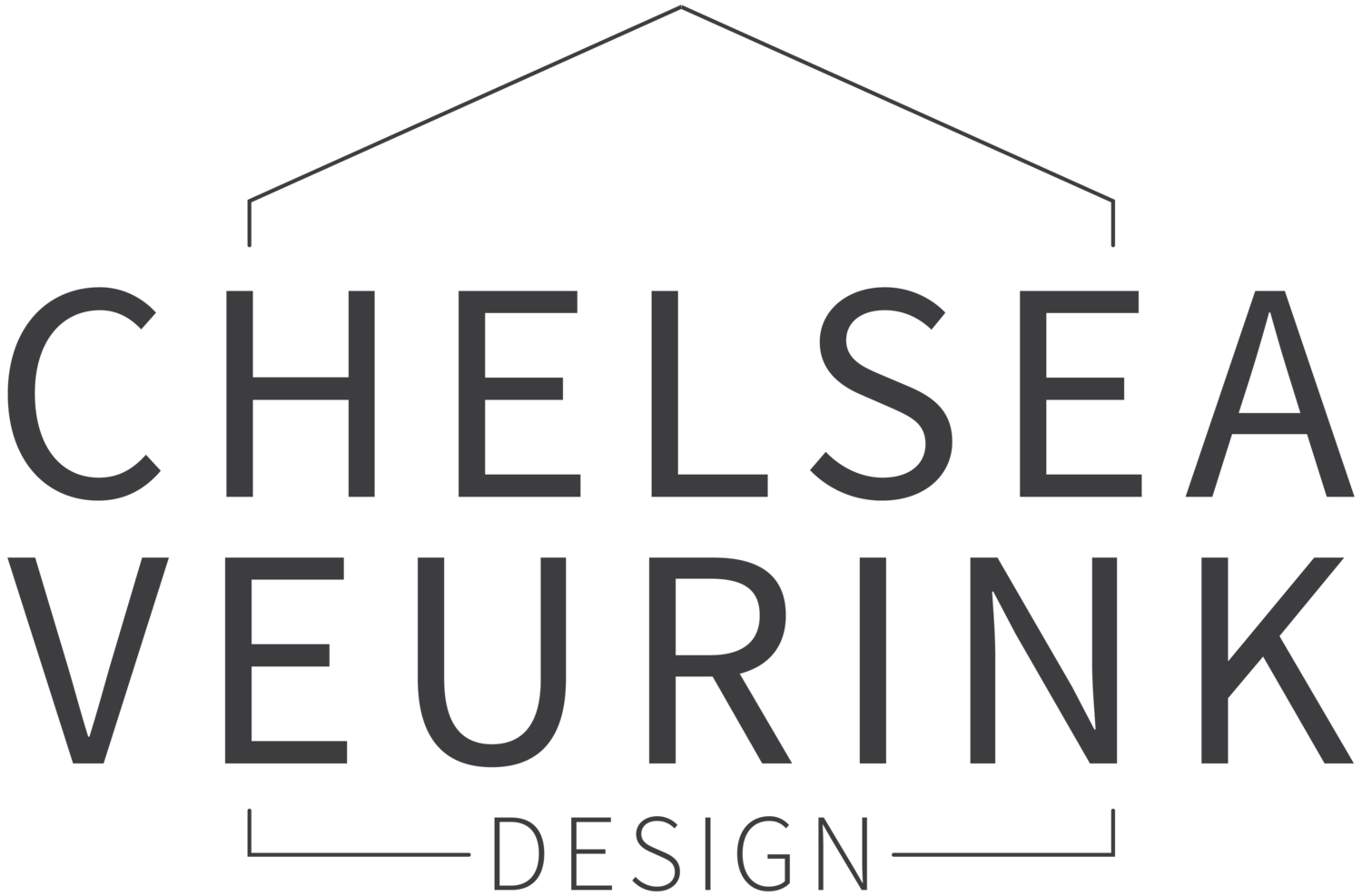Design TREND: Textured Wall Finish
I’m a fan. Are you?!
Textured walls have become increasingly popular in interior design as they offer a blend of sophistication, depth, and character. Textured plaster walls are a way to introduce artistry, texture, and subtle elegance into a space without overwhelming the design. Here’s my thoughts on the trend…
Tactile Appeal
Textured plaster walls provide a tactile quality that plain painted walls can't achieve. This sensory dimension engages occupants more fully, making spaces feel warmer and more inviting. Designers often use textured finishes to create a sense of depth and dimension, adding richness to the room without needing additional decor.
Timeless and Versatile Aesthetic
These textures have a historical appeal, linking modern interiors to classical design traditions. The natural, matte finishes and subtle irregularities give walls a handcrafted feel that can work in various styles, from rustic to minimalist. The textured finish can mimic other materials like concrete or stone, allowing for versatile applications in both contemporary and traditional designs.
Layered Lighting Effects
The irregular surface of textured plaster walls interacts with light differently throughout the day. You’re able to enhance this effect by strategically placing lighting fixtures, allowing for dynamic shadow play. This adds visual interest and can be tailored to create either a soft, romantic ambiance or bold, dramatic contrasts.
Durability and Low Maintenance
This type of finish is known for its durability and longevity. It will resist wear and tear better than painted drywall and can even mask imperfections! The textured surface can easily hide minor scratches or dents, making them a practical choice for high-traffic areas. Who doesn’t want that, especially with kiddos around?!
Eco-Friendly and Sustainable Options
Many plaster finishes, such as Venetian plaster or lime plaster, are made from natural materials, making them a more eco-friendly choice compared to synthetic paints. Designers who focus on sustainable practices appreciate these materials for their low VOC emissions and environmental benefits.
Customizable and Unique
No two plastered walls are exactly alike, giving designers a unique canvas to work with. Techniques like troweling, layering, or polishing can be customized to achieve different textures, from smooth and subtle to rough and pronounced. This level of personalization makes it appealing to clients who want something distinctive.
Seamless Integration
Textured plaster walls can seamlessly integrate with other design elements such as wood, metal, or glass, offering a cohesive aesthetic. They work well as statement walls or throughout entire rooms, depending on the desired effect.
Here's a super, close up view of texture used for this DIY application.
Here’s another up close view, because IT’S JUST SO PRETTY! Now, let me know what you think! Would you add this in your home?!
For more tips and tricks be sure to follow over here on Instagram! 😉



